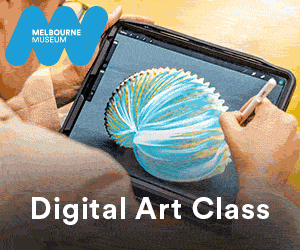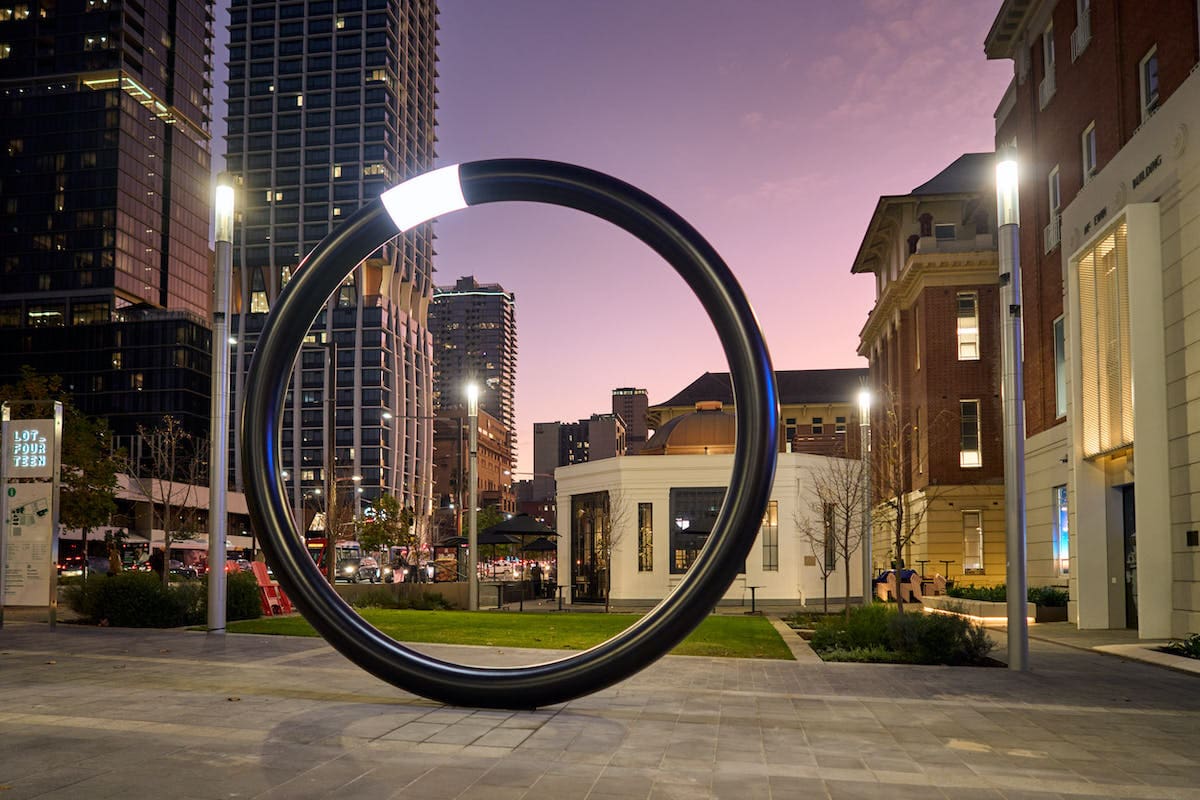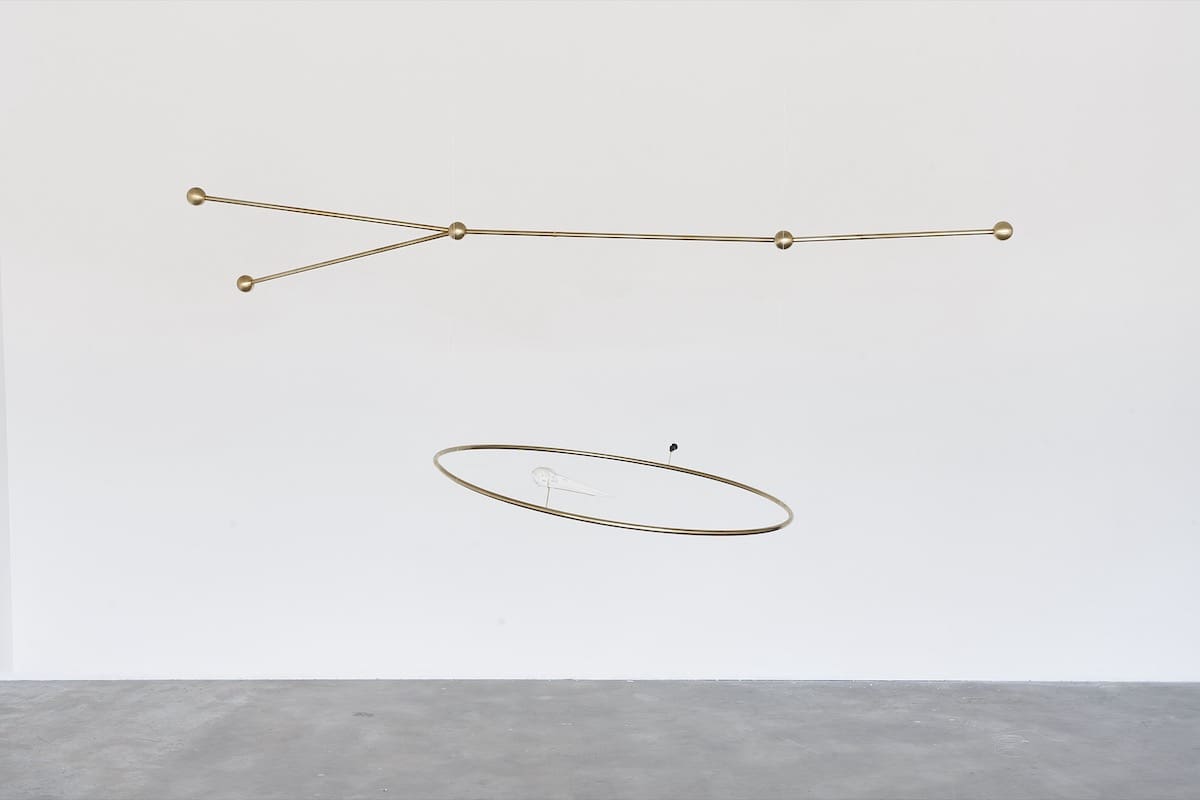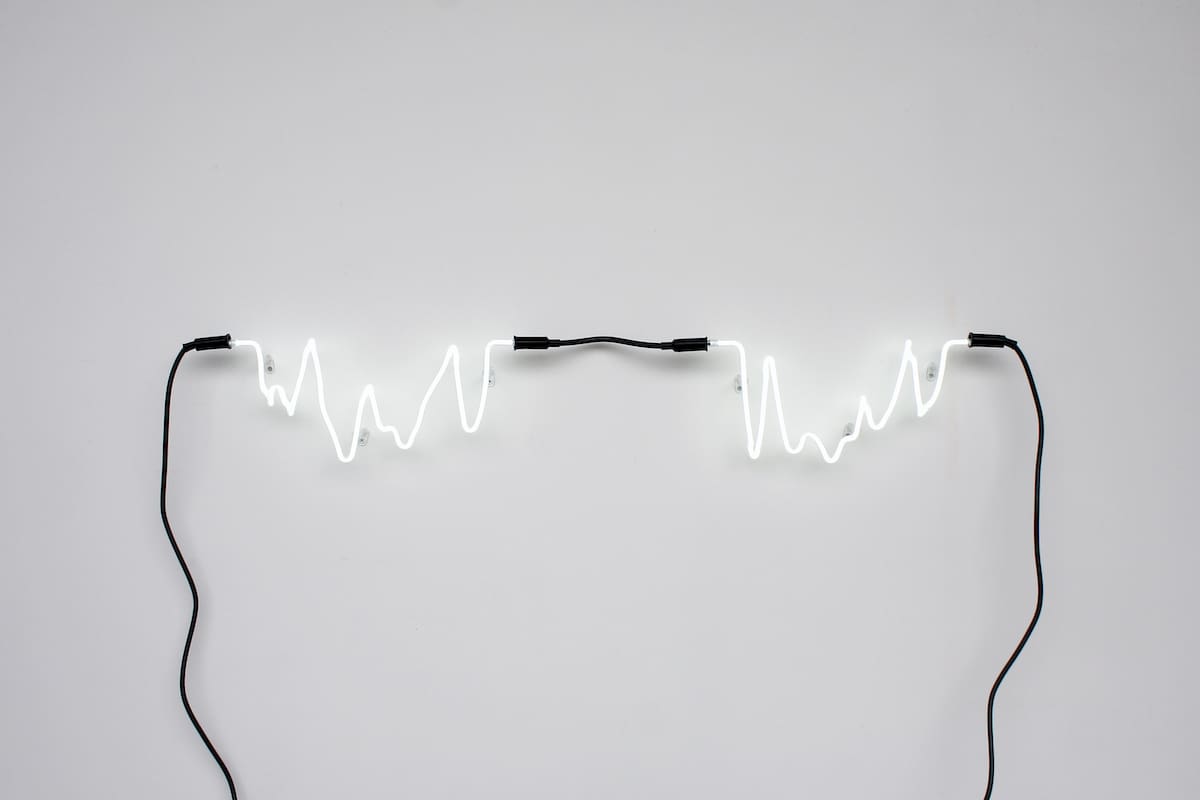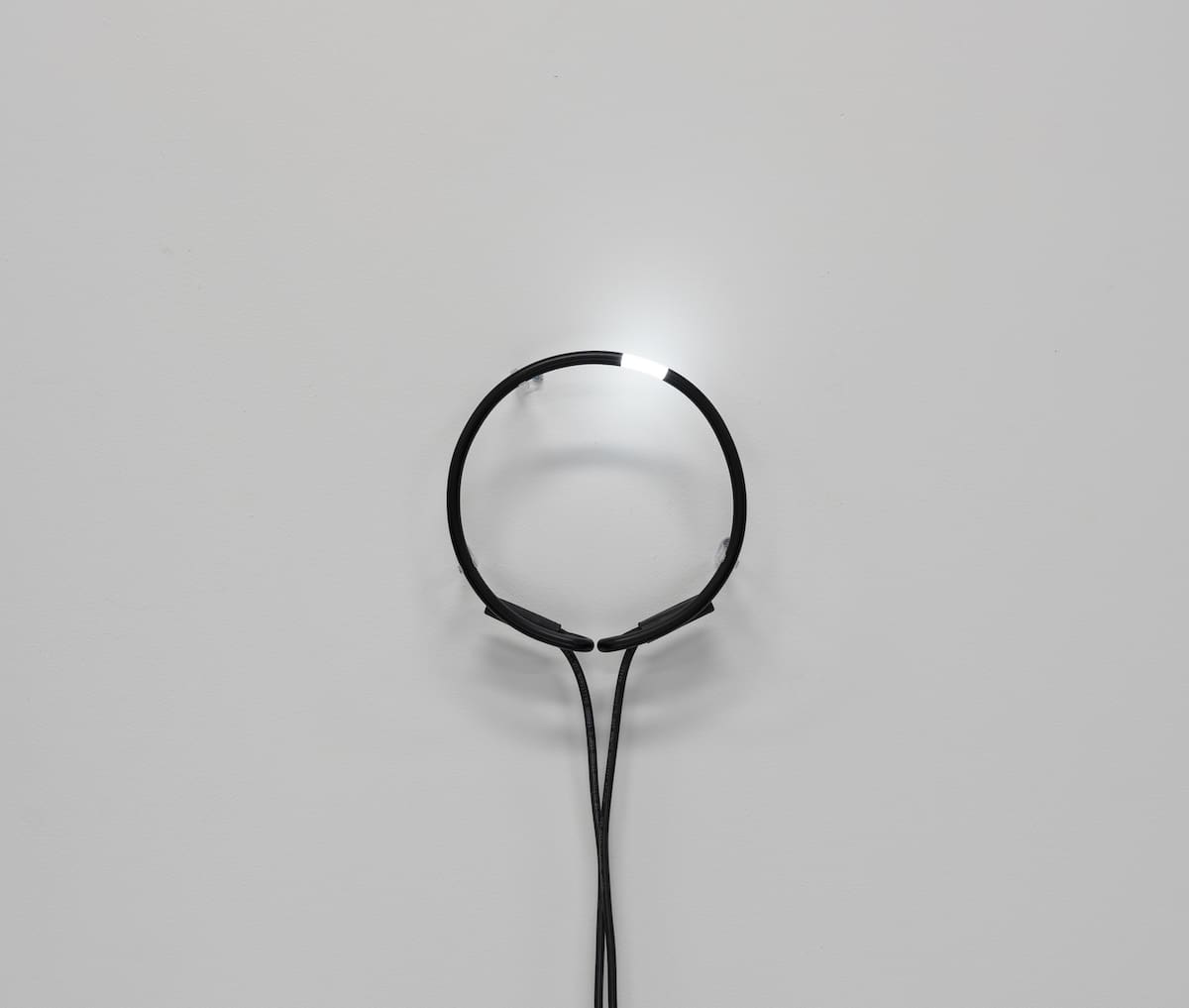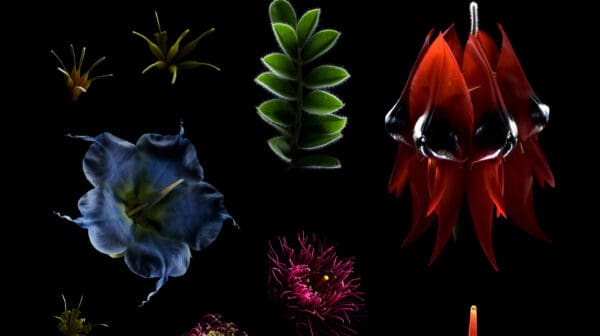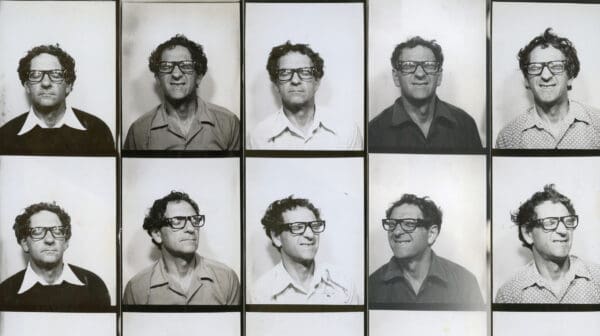Sundari Carmody is explaining dark matter to me, from her home studio in Adelaide. She’s not a trained scientist—neither am I—but she speaks about the hypothesised unseen matter that holds the universe together, that if it weren’t there, would lead to stars at the edge of space flinging off into nothingness, untethered. The unseen parts of human existence underpin the work of the artist.
Carmody started looking into dark matter after seeing a 1970s photograph of female astronomer Vera Rubin looking through a telescope. Carmody was so taken by the image that she was drawn into Rubin’s universe: the astronomer’s work led to a turning point where “there was this compelling evidence that dark matter existed. That there was this secret mathematics holding the universe in place.”
A lot of artists are hoarders. Collecting ideas, images, materials, processes, emotions. Keeping them around until they fall into place. For Carmody, this image of Rubin, alongside ideas of dark matter and the mysteries of the unseeable universe, were orbiting around her until it found the right form to really take off—to lead her into surprising and unforeseen directions.
These threads of research coalesced in 2018, when Carmody created Milky Way. “A lot of curators still ask me about that work,” she says. It’s a large organza silk textile piece, with tiny little black poppy seeds deployed as a mark-making material. She uses the seeds to create an abstract composition of the Milky Way, diagrammatically like an Agnes Martin painting. The Papaver somniferum seed, the poppy seed, became a key material. Around this time, two coherent streams of the cosmological and the botanical started to mingle in Carmody’s work.

“There were poppies growing in my backyard,” says Carmody, explaining how opium poppies were planted by a former tenant. She started collecting the seeds, and their scientific name, Papaver somniferum, latin for “sleep-bringing poppy”, drew Carmody into thinking about circadian rhythms, sleep cycles.
With Milky Way, the conceptual research and materials started to cohere together in an exciting way, in what felt like a breakthrough. “I’d been collecting inspiration and going through trial and error before that. I’d been orbiting around these ideas, and I’d keep on going back to them.” Her practice started to delve into the micro and macro forms of the unseen world, of how a search for meaning in our inner lives exists within the broader unknown of space.
There’s been a recent flurry of activity and momentum since, with Carmody’s inclusion in Primavera at the Museum of Contemporary Art in 2022, presenting a body of work that also became a finalist in this year’s Ramsay Art Prize at the Art Gallery of South Australia. She also created new work for Slow Moving Waters, the 2021 TarraWarra Biennial, where notions of the unseen at the edges of internal and external worlds were pushed further into spiritual experiences, scientific processes, and scents.
For Primavera, Carmody made The Mountain, 2022. It’s a series of three brass sculptures titled (Gate), (Spring) and (Smell of Rain)—materially inspired by the brass used to make scientific instruments, with abstracted forms inspired by architecture that frame our relationship to the cosmos, structures like churches, temples or scientific observatories. “The forms in The Mountain could be these ritual or scientific objects from an unknown time and space. I was imagining someone coming across these objects in the far future—that they were these relics of us as a civilization, of these rational and spiritual sides of us.”

They hint at but don’t reveal a function—one is an obelisk-like fountain, others geometric brass forms with a condense mist emanating out of them. Water is vaporised into olfactory elements from a perfume sourced from India—Mitti Attar, the fragrance of wet earth after rain. As our world goes through significant climactic and spiritual upheaval, they’re like timeless relics trying to make sense of our place in the universe.
Carmody is now showing at GAGPROJECTS in Adelaide. When we talk, it’s still unfolding. She shows me the first works she’s made, small neon sculptures based off abstracted shapes reminiscent of forms of flames and candles, which will subtly extend out from the wall with a white warm light. “They’re called Candela,” she says, “to reference a time when electricity was first invented, when we’d still measure light by its candle power. Electrical light would have shifted the world for people in ways they never would’ve imagined.”
This overlap between science and the spiritual, the seen and unseen, is a continual underpinning of her work. “I’m really enjoying the clarity and energy I’ve found in my practice over the past few years,” she says, “it’s exciting to sit in this space of the unknown where I keep on pushing it further.”
Turns, protracted, and slow
Sundari Carmody
GAGPROJECTS
1 November—1 December

